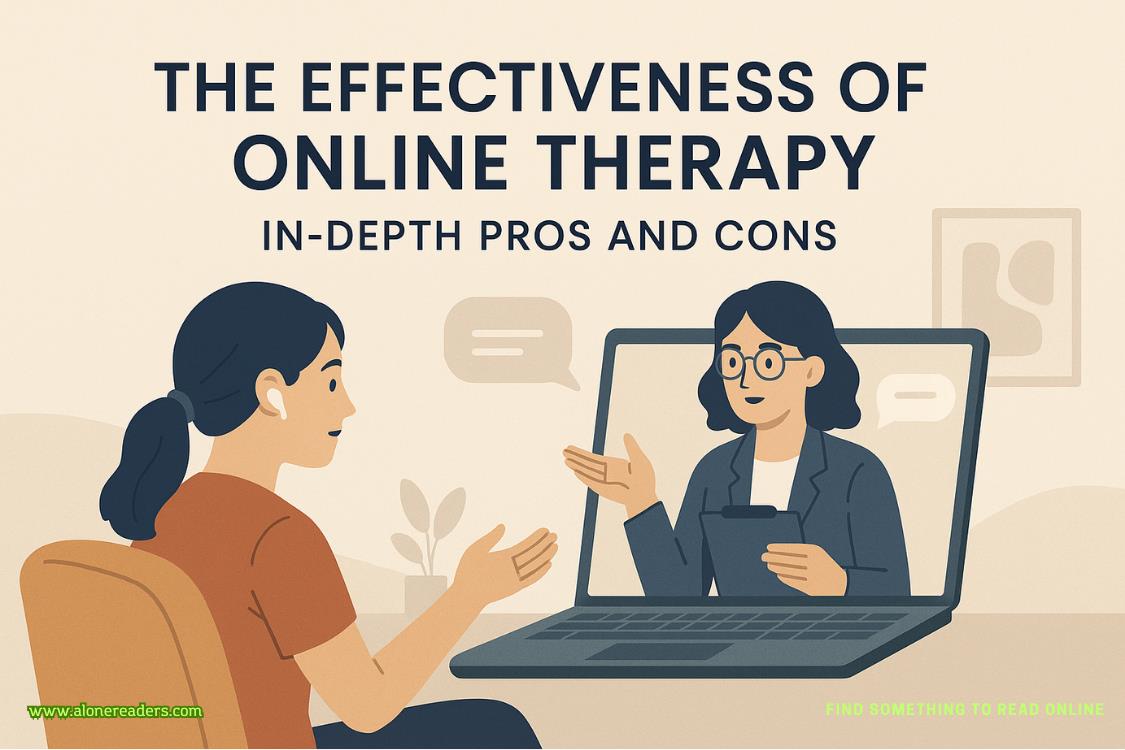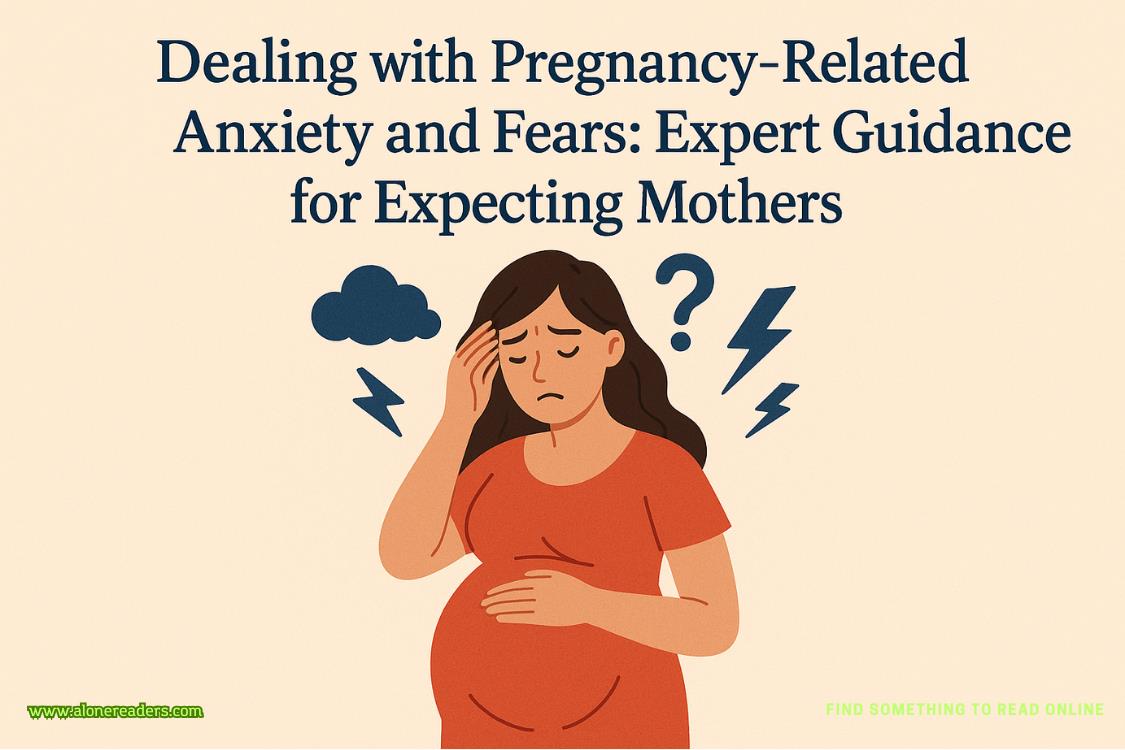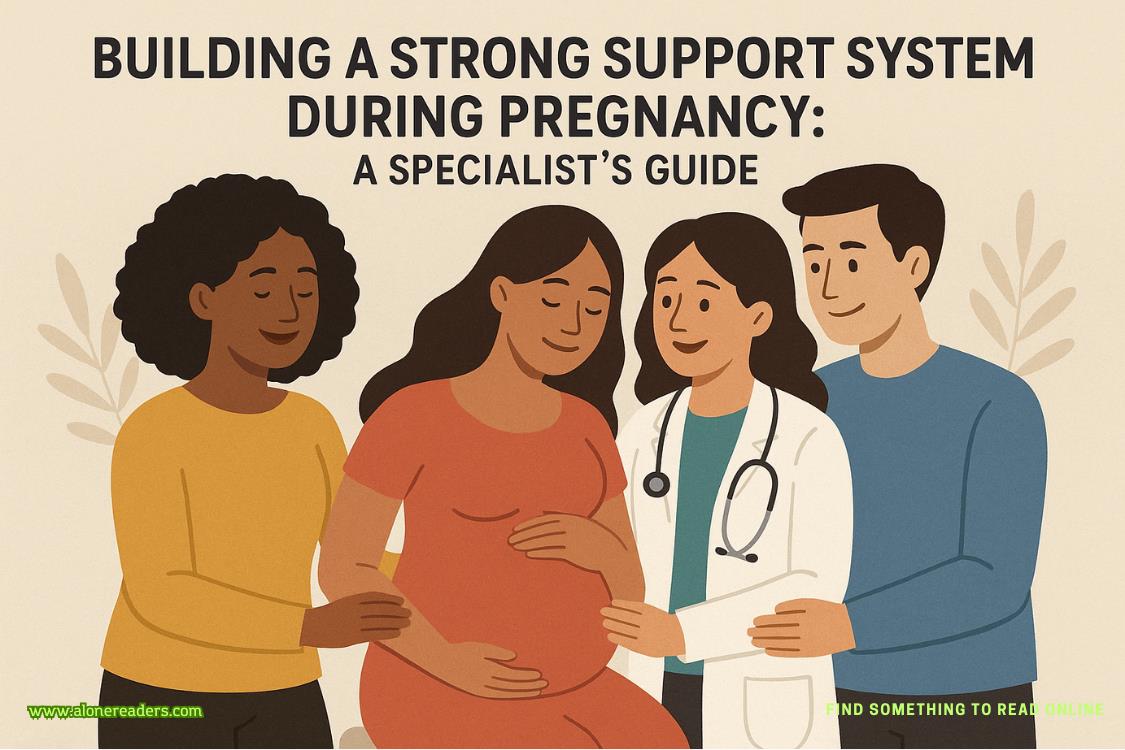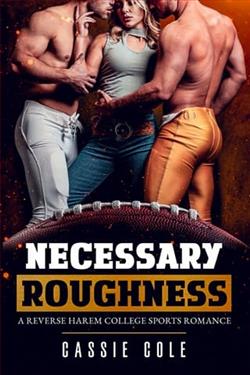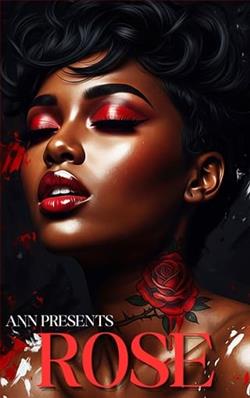Page 17 of Hotter in the Hamptons
June 9, 2024
Lola Is Fine. And That’s The Problem.
How the influencer economy is causing a cultural blandification.
By Aly Ray Carter
There are two types of people: those who have been following Lola Fine, aka @lolalikes, since she was a scrappy Parsons student claiming you could turn your Target T-shirt into the Row, and those who just heard about her a few days ago when she asked her gay best friend if a suit made her look “too lesbian chic” in front of an audience of five million.
It was the lesbian chic heard ’round the world.
The pile-on was predictable, instantaneous, and if we’re being honest, a little bit tired. It made me wonder if people online have simply run out of things to yell about. Because she didn’t really say anything wrong, did she? Lesbian chic is not—as she herself insisted in the moments after uttering the phrase—an inherently problematic idea. It’s just specific.
I spent time with Lola earlier this week, and after our conversation, I really don’t believe she meant to be offensive. In fact, I don’t believe she was thinking much at all.
See, the problem with Lola is not that she’s homophobic. She’s not. The problem is that she’s not really anything.
And this is perhaps the issue with all these influencers who started out with a strong personal brand and eventually turned into shills for other bigger brands—they not only lose the reasons you started following them in the first place, but I think they lose their sense of selves. Which is much sadder.
Lola has (or had?) the potential to be something special. Maybe it was too many million-dollar deals or too much free stuff, but somewhere along the way, she became hollow.
She’s someone who wanted to be a designer, who has a keen eye for vintage, and who once believed in the power of mending versus buying new but who now chooses to only post about the clothes she gets sent for free and the brands paying her to talk about them. She makes three million dollars a year, according toForbes, but she doesn’t appear to support any causes other than her own expensive lifestyle. She watches girl-on-girl porn (yes, she told me that) but insists that she’s straight.
She’s the most boring version of herself. And I don’t blame her: I blame the ecosystem.
You’d think that someone with five million followers would be amazing, that if that many people cling to her every post, she’d have unique takes, her own impossible-to-replicate aesthetic, or just something original going on in any respect. But that’s not the world we live in: the algorithm doesn’t want its biggest stars to be different. On the contrary, it encourages a kind of blandification. And Lola Fine, with her perfect blond hair and enviable body and wardrobe straightout of an advertorial for Coachella, is the product of it. She might as well be AI. Even in person, she speaks the language of social media (at one point, without a hint of irony, she mentioned she’d never been a “W-2 girlie”).
We can’t fault poor Lola for being like this, just like we can’t fault her for accidentally borrowing a phrase from the queer community. It seems she’s lost the ability to be able to tell where she ends and her audience begins. She’s so in the moment that she’s not even thinking seriously about her relationship, though she’s been with the same man for five years. She is, after all, nothing but the sum total of what people want to look at, who people want to hear from. She represents all of us and none of us at the same time.
And in that role, she’s perfectly fine. She just keeps posting her oat milk lattes and her Miu Miu flats and the sun setting over Soho, and we keep consuming what she tells us to.
The ultimate question is not should we cancel Lola for saying something we didn’t like? No. What we should be asking is this: In a world where fashion has supposedly been democratized, is Lola Fine really the best we can do?
To support independent journalism, subscribe to New York Magazine.
Chapter 4
#Blandification had been trending for twenty-four hours when Lola decided getting out of bed was no longer worth it.
With Justin still in LA, her bedroom had become a graveyard of Dim Sum Go Go containers and empty Avaline wine bottles. The curtains stayed closed. The only light she wanted to see was from her phone, which she couldn’t look away from while she festered in her Free City sweatpants.
The backlash was relentless.
On TikTok, a teenager gripping a mini microphone in front of a green screen screeched, “This is why we shouldallbe anti-blandification!”
Another recited a list: “Here are the five blandest influencers I’m unfollowing this week.”
Someone else made a video called “A day in the life of a W-2 Girlie.”
Another video called for the death of everything Lola had recommended to them over the years—Saint James iced tea, DÔEN dresses,Onitsuka Tigers sneakers.
Someone else dueted with the video and staged a funeral, dropping products into a hole in the ground.
“Miu Miu flats are dead,” the girl in the video said solemnly. “May they rest in peace.”
Time started to lose its meaning. Lola slept when she was tired. She woke up when she couldn’t deal with the nightmares anymore. She went back to sleep when the nightmare of being awake became too much.
On Instagram, people combed through Lola’s grid, commenting,Wow, I never realized how bland this all is.
